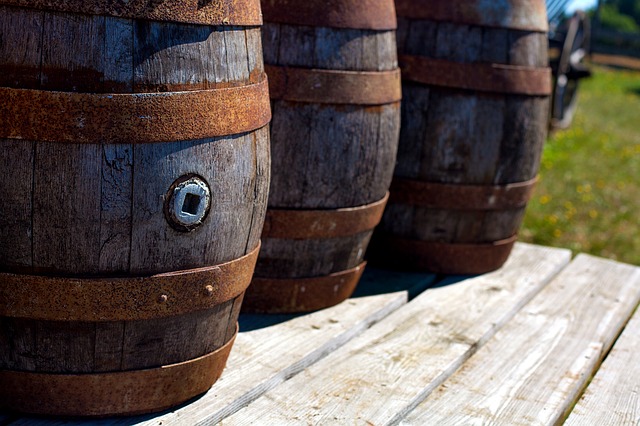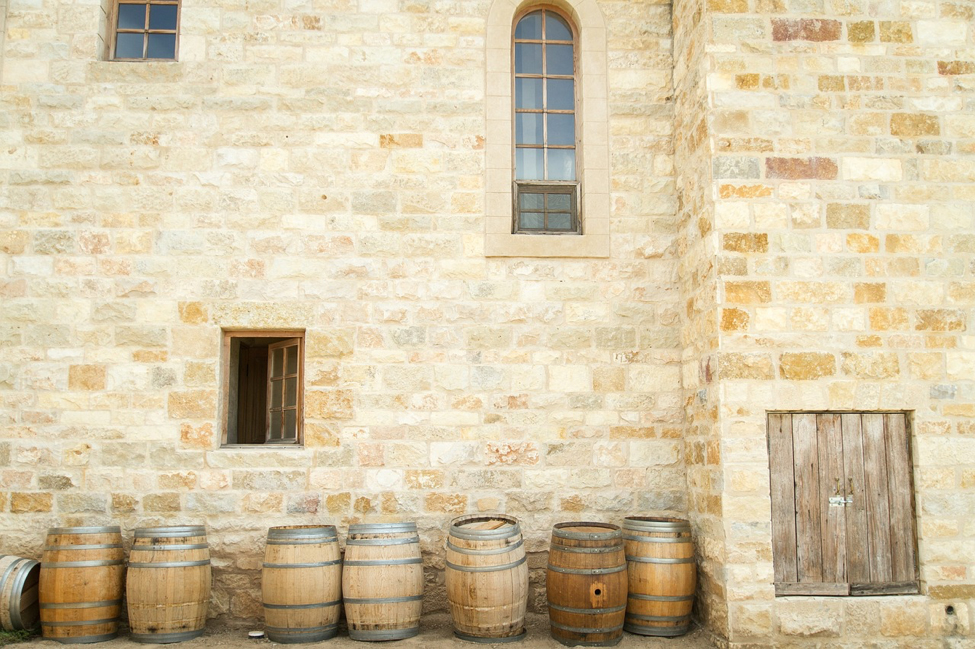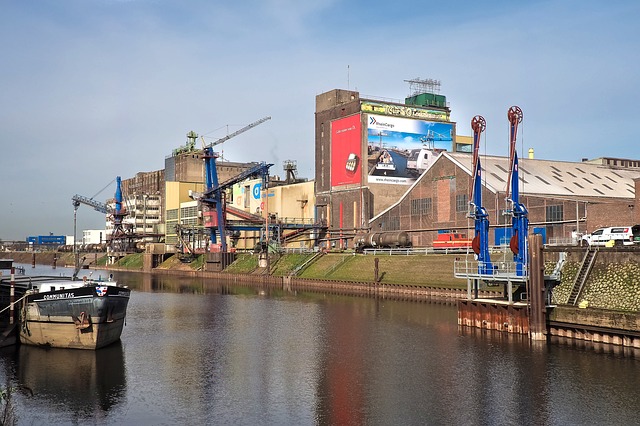While we now work more with plastic barrels, this unique little drum of packaging is still very important for transporting liquids, unusual items, and extreme valuables. The story of the shipping drum is incredibly interesting and begins over 2,000 years ago.

Rome
The Romans took a shine to the shipping drum after they had encountered the Gauls, the early inhabitants of the Mediterranean region. The Gauls used their shipping drums for moving oil or amphora and sealed them with resin. The bulge in the center of the drum made it easy to roll up onto a ship, and its shape distributed the stress and pressure evenly so that nothing inside of the drum was damaged.
The Roman Empire used their drums for everything from ammunition, to nails, to gold coins. As their empire grew, they depended on well-made drums to get their essentials across oceans, over deserts, and into safe cellars so they always had what they needed.
As the Romans conquered the world, so did the shipping drum. As soon as people saw the handy package, the art of cooperage—or barrel making—spread around the world.

Wood and Steel
Barrels were originally made from small planks of wood that were bent slowly and gracefully with the help of heat, time, and three metal rings placed at specific intervals on the shape to help encourage the wood to bend. The first metal hoop was formed, and then the wood was attached to a kind of hula skirt of planks and then set atop a small fire. The heat from the flames helped warp the wood and the second and third hoop determined the graceful shape.
People loved this working method, as there were no nails involved and so the barrels didn’t leak. The use of pressure and the gentle bend were revolutionary, and it is easy to imagine why so many people raced to the use of barrels while leaving bulky satchels and bags at home.
Today, there are certain artisans who still make wooden barrels, but the practice is much less common than it once was. Many winemakers insist on aging their vino in a wooden barrel for that traditional taste.
In the 1900s, steel drums took the place of wood, as the material was the resource of choice for most industries. The original design was dreamed up by a farmer in Michigan in the late 1800s, and his new take on the traditional barrel caught on quickly.
The new barrels had a flatter side as well as flatter tops and bottoms, making them more stackable but still easy to roll from place to place. They were perfect for transporting oil and gas, which helped a later invention, the automobile. A plastic liner was put on the inside of the steel drum to help move more delicate products, which is what led to its next evolution.
The Plastic Drum
Today, most of the drums we see are a thick, blue plastic and are quite possibly one of the easiest things to find anywhere in the world. Shipping drums are in every single country; stock yards, refuse yards, storage facilities, and even backyards.
The plastic drum has helped get stores of food such as rice or beans all over the world. They are called upon for normal shipping assignments, for emergencies, or to keep our future food stores safe. They are our unsung local heroes and deserve a moment’s recognition. Their history and modern use are a wonderful heritage we can be proud to claim, and their design is one of the classic and best in the modern world.

Why Is It Blue?
If you have spent any time shopping for shipping drums or working on recycling a used one, you know that most shipping drums come in a basic blue color. While there are exceptions, such as semi-transparent or black drums, the blue drum is the most common.
A blue color helps protect a barrel and its contents from the UV rays of the sun. Unlike the black drums, the color does not absorb any heat, and the blue pigment does not require as much mixing as the black, which is made from several pigments. Black barrels are perfect for indoor, inedible storage, but blue wins when it comes to the elements.
Blue barrels can handle being outdoors, holding food, and lasting a long time even when conditions are extreme. In fact, these barrels have such a great design and combination of elements that they can even be used for hazardous materials.
Summary
As you can see, shipping drums have many different uses. These containers will likely remain in use for a long time to come.








